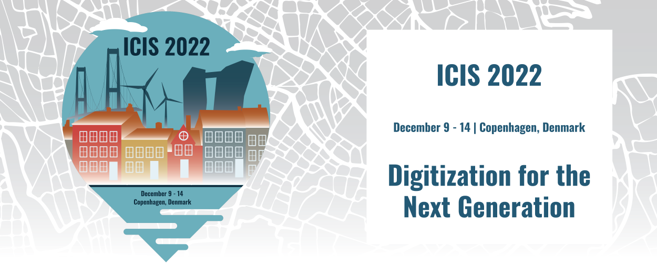Loading...
Paper Number
2517
Paper Type
Short
Description
This paper examines the social media discourse of two real-world vigilantism incidents that had invited nation-wide debate: Murder of ‘Ahmaud Arbery’ (victim), a racially motivated hate crime and the fatal shooting of two men by ‘Kyle Rittenhouse’ (an aggressor). Both these incidents had invited a lot of debate in social media. However, little is known about the nature of discussions on vigilantism in social media. In this paper, first, through topic modeling, we examine the kind of discussions that were triggered by these incidents. We identify various dimensions of the on-line public conversations. Second, we study if there is polarization in the public discourses. We find that victim-oriented discourse on vigilantism displayed more polarization in a certain dimension and aggressor-oriented discourse on vigilantism displayed more polarization in another dimension. We also found that aggressor-oriented vigilantism discussions had higher negative emotion scores compared to victim-oriented discussion.
Recommended Citation
Kurumathur, Shalini Kapali; Bhatt, Paras; Hariharan, Govind; Valecha, Rohit; and Rao, H. Raghav, "Examining the Public Response to Vigilantism: A Multi-dimensional Model of Social Media Discourse" (2022). ICIS 2022 Proceedings. 19.
https://aisel.aisnet.org/icis2022/social/social/19
Examining the Public Response to Vigilantism: A Multi-dimensional Model of Social Media Discourse
This paper examines the social media discourse of two real-world vigilantism incidents that had invited nation-wide debate: Murder of ‘Ahmaud Arbery’ (victim), a racially motivated hate crime and the fatal shooting of two men by ‘Kyle Rittenhouse’ (an aggressor). Both these incidents had invited a lot of debate in social media. However, little is known about the nature of discussions on vigilantism in social media. In this paper, first, through topic modeling, we examine the kind of discussions that were triggered by these incidents. We identify various dimensions of the on-line public conversations. Second, we study if there is polarization in the public discourses. We find that victim-oriented discourse on vigilantism displayed more polarization in a certain dimension and aggressor-oriented discourse on vigilantism displayed more polarization in another dimension. We also found that aggressor-oriented vigilantism discussions had higher negative emotion scores compared to victim-oriented discussion.
When commenting on articles, please be friendly, welcoming, respectful and abide by the AIS eLibrary Discussion Thread Code of Conduct posted here.



Comments
15-SocialMedia